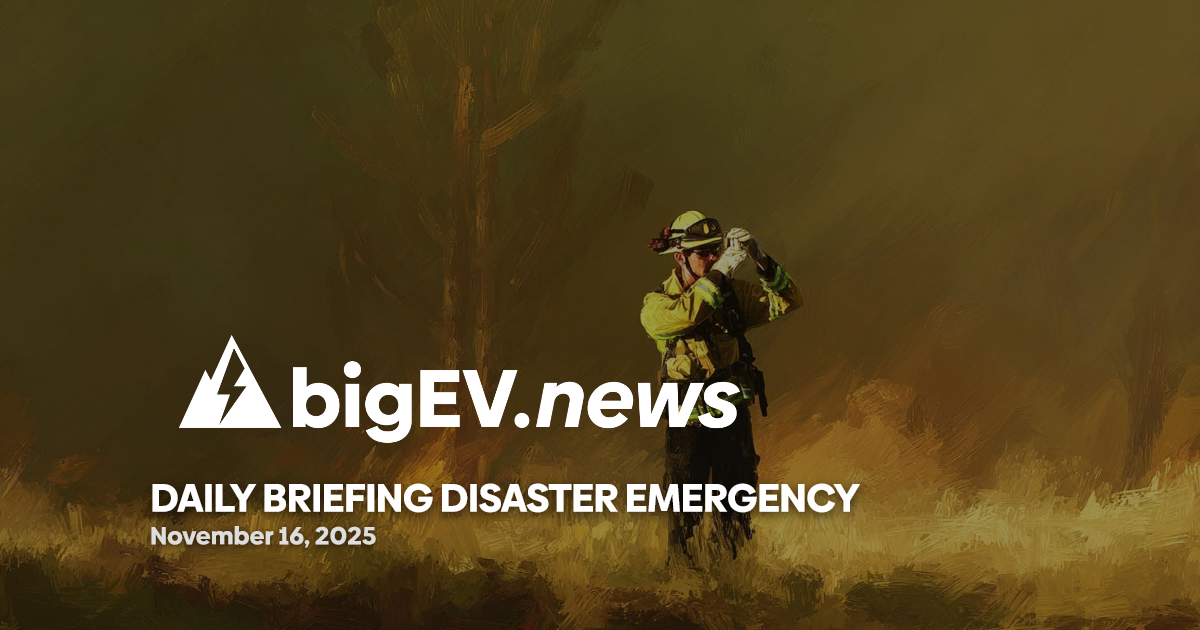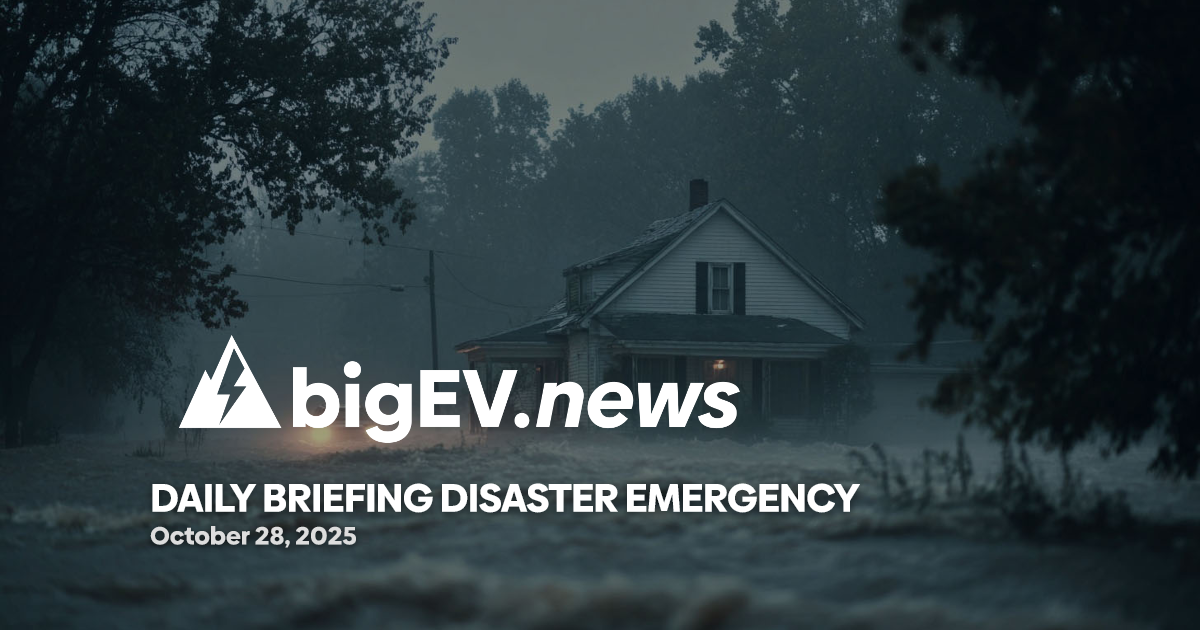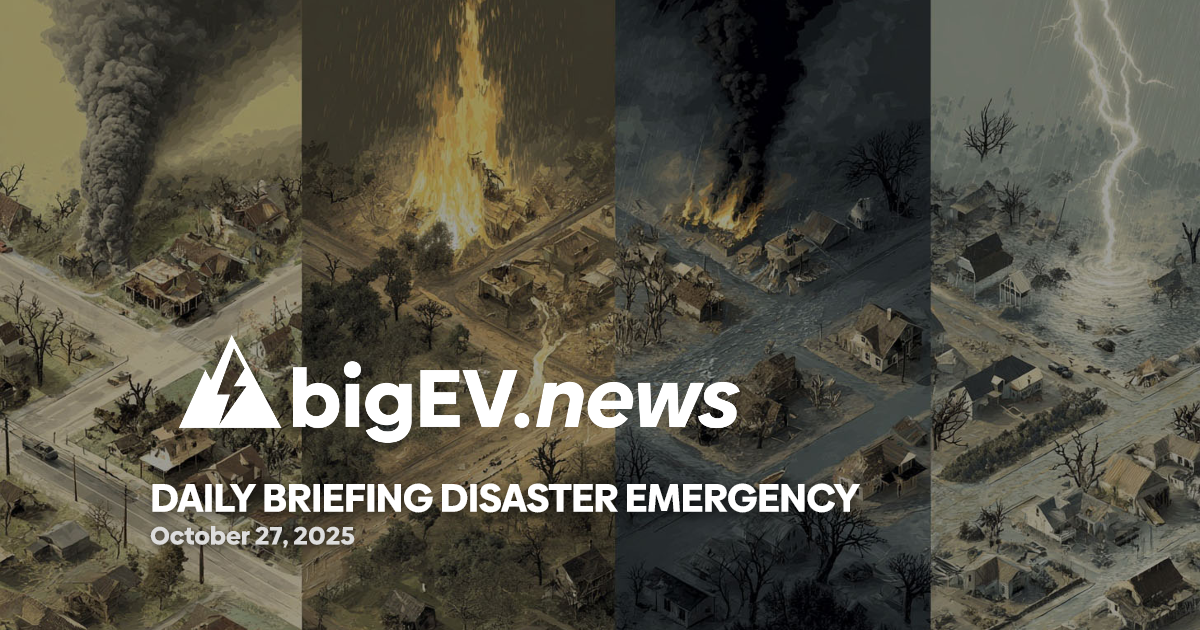Today’s breakthroughs in AI, radar, and emergency infrastructure signal a new era for disaster prediction, response, and recovery worldwide.
At a glance – In the last 24 hours, the disaster technology sector has seen a surge in advanced solutions for early warning, rapid response, and resilient infrastructure. Pioneering research at Texas A&M University, in partnership with Meta, is leveraging artificial intelligence to transform disaster preparedness and response. Their UrbanResilience.AI Lab has developed predictive models that analyze historical flood data, rainfall sensors, and stream gauges to forecast flooding and evacuation patterns up to 30 minutes before impact, a critical window for saving lives. These AI systems, field-tested during hurricanes Beryl, Milton, and Helene, as well as the Los Angeles wildfires, are now being refined for nationwide deployment. The lab’s Disaster Management Companion AI, built on large language models, is designed to augment emergency managers’ decision-making, providing rapid access to historical reports and real-time situational awareness. Researchers emphasize that these technologies are not replacements for human expertise but essential tools to mitigate the increasing frequency and severity of natural disasters.
Technology advance – The University of Oklahoma has secured $19.9 million in funding to develop KaRVIR, a revolutionary Ka-band radar system capable of four-dimensional atmospheric observation in under twenty seconds. This technology marks a significant leap in severe weather and wildfire monitoring, offering high-resolution measurements of cloud microphysics, turbulence, and 3D air motions. KaRVIR’s ability to detect a wide range of particle sizes—from fine ash to large cloud formations—will enhance forecasting accuracy for storms and wildfires, and improve air quality preparedness for distant communities affected by smoke transport. The radar’s rapid data acquisition will enable faster, more precise severe weather warnings, directly strengthening public safety and disaster response capabilities. The project also aims to train the next generation of scientists and engineers through hands-on research, ensuring continued innovation in atmospheric science and emergency management.
Partnerships – Amazon has announced a major initiative to deploy disaster technology kits designed for frontline nonprofits and first responders. These portable kits include backup power, connectivity solutions, and environmental sensors, enabling shelters, food banks, and emergency centers to operate when traditional infrastructure fails. The kits were developed in response to challenges faced during Hurricane Helene in North Carolina, where entire communities lost access to power and communications for weeks. Amazon plans to train over 140 volunteers and deploy dozens of kits by the end of 2026, focusing on rapid restoration of internet connectivity—a critical need identified by survivors and relief organizations. This initiative underscores the importance of public-private partnerships in disaster recovery, with Amazon’s technology providing secure, reliable solutions at no cost during the crucial window when emergency systems are down.
Acquisitions/expansions – The Information Technology in Disaster Risk Reduction Conference (ITDRR 2025) is spotlighting global breakthroughs in IT for climate-induced disaster mitigation and critical infrastructure protection. The conference brings together experts from climate science, cybersecurity, computer science, and urban planning to foster multidisciplinary collaboration. Recent expansions in cyber-physical systems and participatory governance are enabling more inclusive and equitable disaster mitigation strategies. ITDRR 2025 is expected to catalyze new alliances and investments in technology-enabled education and resilient infrastructure, positioning the sector for accelerated growth and innovation. The event’s emphasis on integrating digital and physical resilience reflects the evolving landscape of disaster risk reduction, where technology and human-centric design converge to protect vulnerable communities.
Regulatory/policy – In a significant policy development, the U.S. Federal Emergency Management Agency (FEMA) has issued new guidelines for emergency supply systems and backup power deployment in disaster-prone regions. The updated regulations require critical infrastructure operators—including hospitals, water utilities, and transportation hubs—to maintain advanced backup power systems capable of sustained operation during extended outages. The guidelines also mandate the integration of real-time monitoring and remote diagnostics, leveraging IoT sensors and cloud-based analytics to ensure system reliability. These measures are designed to address vulnerabilities exposed by recent hurricanes and wildfires, and to promote rapid restoration of essential services. FEMA’s policy shift is expected to drive increased investment in resilient infrastructure and spur innovation among technology providers specializing in emergency power and supply chain logistics.
Finance/business – Venture capital activity in the disaster technology sector has intensified, with several major deals announced in the past day. A leading VC firm, CleanTech Capital, closed a $150 million funding round for startups developing next-generation emergency communications platforms and resilient logistics systems. Notable recipients include SignalGrid, whose mesh networking technology enables robust communications in disaster zones, and ResilientFlow, a company specializing in AI-driven supply chain optimization for emergency response. Executive commentary from CleanTech Capital highlights the growing market demand for scalable, interoperable solutions that can be rapidly deployed in crisis situations. The influx of capital is expected to accelerate product development and commercialization, positioning these startups to play a pivotal role in future disaster response and recovery efforts.
Sources: stories.tamu.edu, eurekalert.org, aboutamazon.com, itdrr.org, house.gov, venturebeat.com









